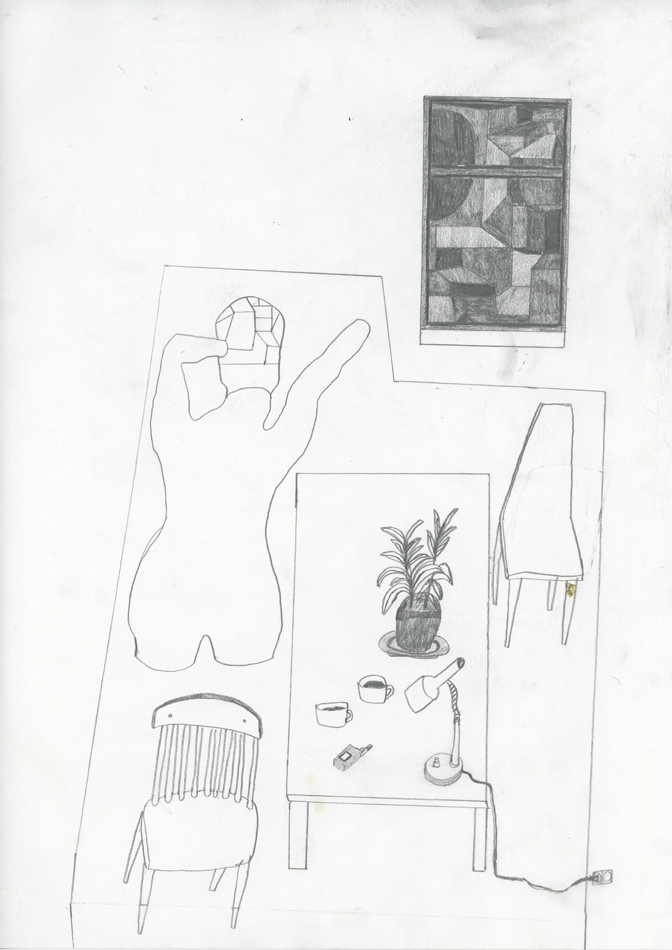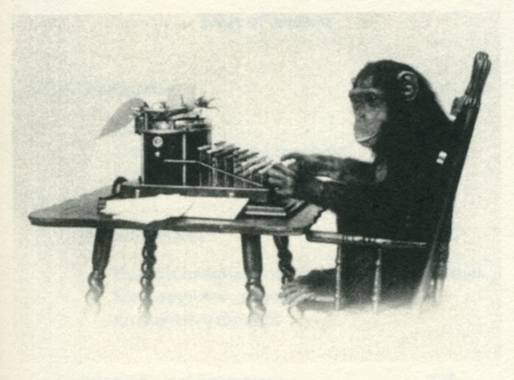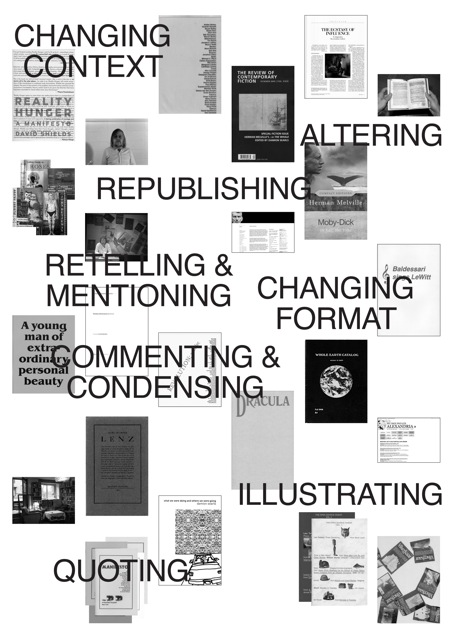“Every word was once an animal.”
-Ralph Waldo Emerson
figure 1 figure 2
Argument
In his 1974 essay Espèces d’Espaces (Species of Space) Georges Perec [x] states the following:
‘To live is to pass from one space to the other, while doing your very best not to bump yourself.’ (Espèces d’Espace, Georges Perec, p. 6)
Tine Melzer [x] in her 2016 essay (hand-out) subsequently notes that words are ‘magnets’:
‘A word has two ends and each awaits ties with another word.‘
Furthermore that the poetic ‘charge’ of several words together is based on such bonds:
‘When words meet up, they generate a field of tension, they go together!‘
In his 1958 book La Poétique de l’Espace (The Poetics of Space), Gaston Bachelard [x] points out that our whole perception of the world we inhabit based is upon our first encounters with the first universe of mankind: the house, the spaces we inhabit. He construct his argument by using the tactic of ‘Poetic Phenomenology’, which is to say, a philosophy built up while reading the poets.
Texts are a constellation of words, the same logic applies so to speak. Texts also have a magnetic effect. A late, albeit, useful discovery. They meet up as well, go together, and charge the field with the same sort of tension. And it this very tension that leads met to the following conclusion.
Something happens when we enter a room or when a work of poetry gently leans upon us. Something, to removed to mention, but there non the less. It leaves us tantalized. This is what we could call ‘the oneiric effect’. The tension, the magnetism has a familiar sound. It is in fact a logical extension of things I have referred to previously. Shortly put, I conclude: a word is a room and a room is a word.
Now what are the implications of such a statement? To illustrate further, this means that magnetism of words and text are played out on an even more poetic and fundamental level, for the visual has to be resolved and is dissolved by words and vice a versa. The visual and the language are (and become) then, in term, the concepts, notions, names and words we call upon to name our interior spaces, our inner houses, the room’s of our own.
This tension can even lead from time to time to vibration, think of Kandinsky’s ‘Seelische Vibration’, Think of a Paul Klee picture, think of the last time you drew a straight line, out of the blue. Try to imagine it again and try to measure it by using the corners of your childhood bedroom and you’ll see what this tension, this magnetism, this vibration, the poetic charge produces first and foremost: warmth, heat.
The subject of this research, this article, is informed by all of this, that’s why I called it: Species of Magnets in my house -see figure 1 and 2- (small reference of course). For I have in my possession three texts that all deal with the design of such things, but all push and pull the same way, that is to say; like a magnet do. For to live is to imagine, is to speak from one magnet to the other while doing my very best not to bump myself. All these texts I wrote while walking in out of my house, while I did my very best not to bump myself (of course).
Texts
I
I am the translator.
I am the the one who was too late. But I am the one who in time, has to defy and define, a divine straight line, or something in between, a shape and a dream.
Escabeau, 60° 55″ 6,54′
L’été, 51° 33′ 7,43′
II
In 1972, my grand-father left my grand-mother’s house in Strombeek, on the hilly outskirts of Brussels, for the first time. Just before his departure, he poured Pisang on the balcony, sealed off with dead plant leaves and broken pieces of glass, the apertures in which the different rooms were discussed and assembled, made alterations to the provision of shadow cells by taking 100.000 Belgian franks and left a feeling of sultriness and a trail of ashes on the radio, bookshelves and the countable rugs and carpets, making these regions of the house the most fertile for the following thirty years. But it was only during the last act, the act of inserting a silver object into a vexed area of a piece of wood, that he pronounced the terms of condition, while exposed to the strange and morose rendering of the orange light.
They are the following:
Vincent:
A day run astray but not lost. A dried-up carpet stain, a spastic vibration, taken faraway. A closed sometimes, while the sun comes in, anew.
Douffet:
A choice that at high temperatures glows in an environment of nitrogen and/or carbon monoxide and disposes, by means of evaporation a ceaseless flow of microscopic particles, which settle themselves on the inside of the house, whereby the house, in time, dusks.
Honte, La:
It is either a military tactic or an ululation (Klaagzang) that has it’s origin in the first sounds. It is a particular, grievous mode of weather which is converted into language upon its death.
Brasschaat, Belgique:
A form of rain that is neither poor nor stubborn. Theoretically, there’s an occurrence of acuity when approached, but acuity is relative and subbordonante to the songs and the smoke of the sea, plus, lake and the melancholy which is cherished by a diffusing sky.
III
Index of words used in this article:
Act
Albeit
Am
Animal
Aperatures
Are
Argument
Ashes
Assembled
Astray
Bachelard, Gaston,
Balcony
Best
Bump
But
Carbon
Carpets
Ceaseless
Choice
Condition
Deal
Dream
Dried-up
Each
Effect
Environment
Escabeau
Faraway
First
Following
Forms
For
Franks
Grievous
Hand-out
High
Honte, la
I
Implications
Inhabit
In
Klaagzang
Last
Leans
Level
Magnetic
Military
Neither
Nipomo
Notions
Occurrence
Off
Orange
Outskirts
Pieces
Pisang
Poetic
Questions
Radio
Research
Room
Run
Shadow
Shape
Something
Spastic
Straight
Strombeek
Sultriness
Sun
Tension
Time
Together
Too
Trail
Translator
Ululation
Universe
Vice a versa
Vincent
Visual
Waldo, Ralph Emerson
Warmth
Weather
With
Years






